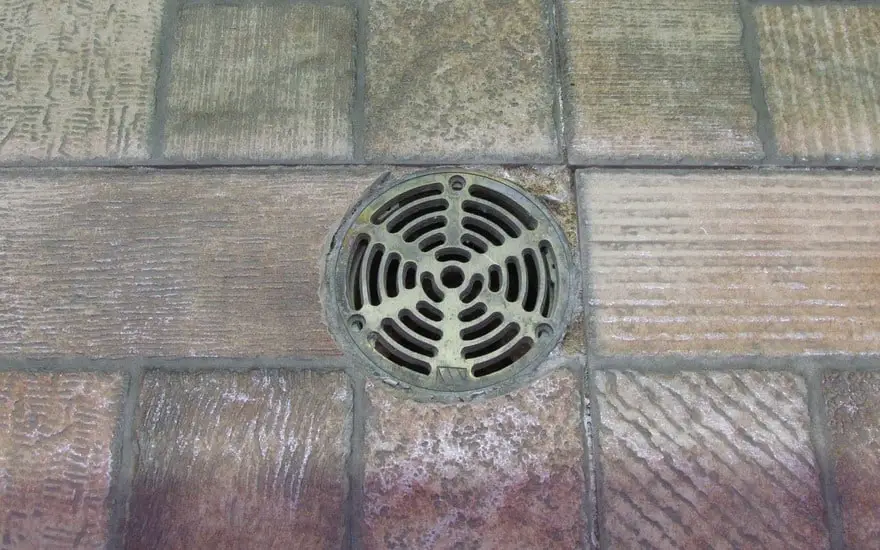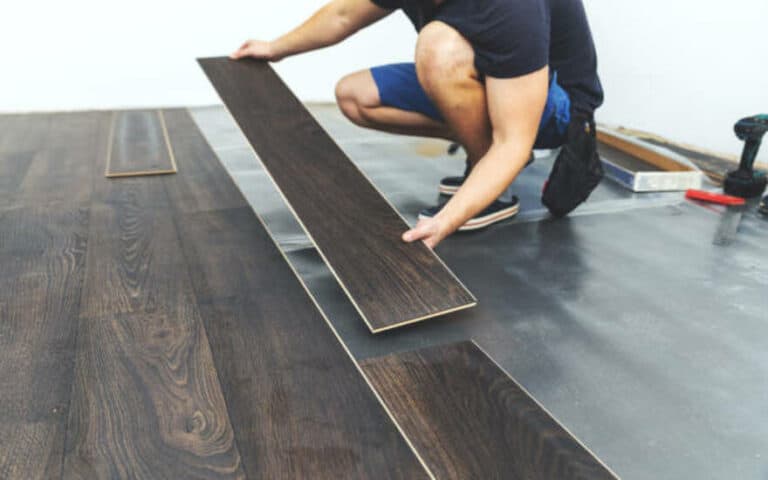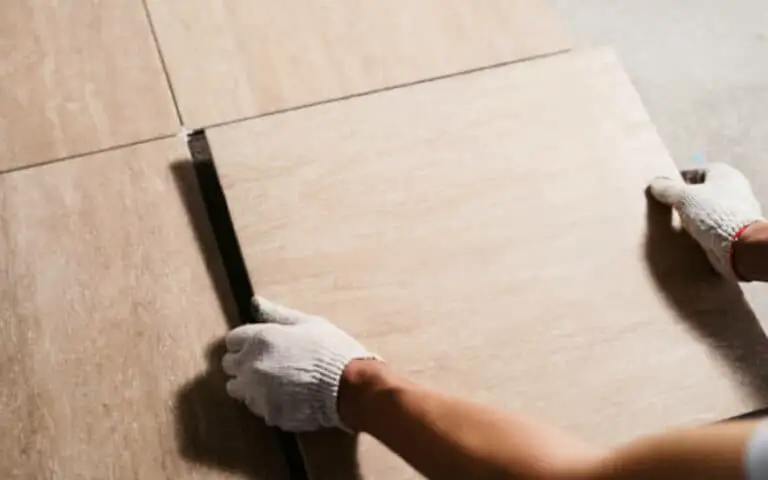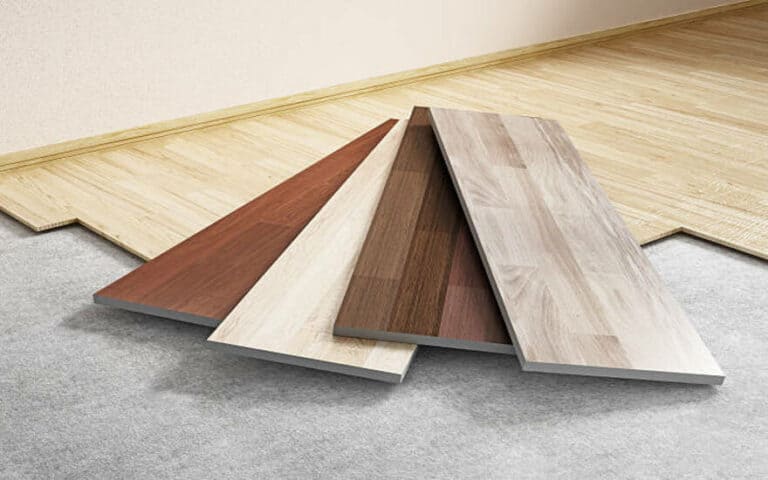The most common Floor drains Issues are an essential part of most modern buildings. They collect and dispose of water and other liquids that might accumulate on the floor. These drains are typically connected to a plumbing system and must be adequately maintained to ensure they are working correctly. This blog post will discuss the most common floor drain issues that you should be aware of, as well as how to prevent them from occurring in the first place.

A Short Brief About What Are the Most Common Floor Drain Issues
Floor drains are a type of plumbing fixture that is installed on the floor of a building. They are designed to collect and dispose of liquids that accumulate on the floor, such as water, grease, and other materials. Floor drains are usually connected to a plumbing system and require regular maintenance to ensure they are working correctly.
The most common type of floor drain is a trap. This drain is designed to prevent sewer gases from escaping into the building. It is usually made of a U-shaped pipe filled with water and has a grate over the top. The grate prevents large objects from entering the line, while the water prevents odors from escaping.
Another type of floor drain is a floor sink. This drain is used to collect and dispose of large amounts of water. These drains are usually connected to a drainage system and are often used in commercial kitchens and bathrooms.
Floor Drain Connection Detail
Most floor drains are connected to a plumbing system. This system typically consists of a main drain pipe connected to smaller lines. These smaller pipes are then connected to the individual floor drains.
It is essential to ensure that the floor drains are correctly connected to the plumbing system. If the connection is not secure, then there is a risk of the drain becoming clogged or leaking. It is also essential to ensure the link is sealed correctly to prevent sewer gases from entering the building.
Common Floor Drain Issues
Floor drains can be prone to a variety of issues. These issues can range from minor inconveniences, such as clogs and slow drainage, to significant problems, such as broken pipes and leaks. Awareness of these issues is paramount so they can be addressed quickly.
Clogged Drains
Clogged drains are one of the numerous standard problems with floor drains. This can be caused by various things, such as hair, soap scum, and even food particles. Clogs can cause water to back up in the drain, resulting in slow drainage and even flooding.
To prevent clogs, it is essential to keep the drain free of debris. This can be done by regularly cleaning the drain with a brush or other cleaning tool. It is also important to avoid pouring grease or other liquids down the drain, as these can cause clogs.
Broken Drains
Broken drains are another common issue with floor drains. This can be caused by several things, such as corrosion, damage from heavy objects, or even the building settling. A broken drain can leak water out of the drain and cause injury.
To prevent broken drains, it is essential to inspect the drain regularly. If any signs of damage are found, it is necessary to have the drain repaired as soon as possible. It is also essential to avoid putting too much weight on the drain, as this can cause the pipe to break.
Leaking Drains
Leaking drains are another issue that can occur with floor drains. Several things, such as corrosion, poor maintenance, or a damaged seal, can cause this. A leaking drain can result in water leaking out of the drain and potentially causing damage.
To prevent leaking drains, it is essential to inspect the drain regularly. If any signs of damage are found, it is vital to have the seal repaired or replaced as soon as possible. It is also essential to avoid putting too much weight on the drain, as this can cause the seal to break.
Causes of Floor Drain Issues
A variety of things can cause floor drain issues. These can range from poor drainage design to poor maintenance. It is crucial to identify the cause of the case to address it adequately.
Poor Drainage Design
Poor drainage design is one of the most common causes of floor drain issues. When a drain is not adequately designed, it can be prone to clogs, leaks, and other issues. It is vital to ensure that the drainage system is designed correctly to prevent these issues from occurring.
Poor Maintenance
Poor maintenance is another common cause of floor drain issues. When a drain is not appropriately maintained, it can be prone to clogs, leaks, and other issues. It is vital to ensure that the drainage system is maintained regularly to prevent these issues from occurring.
Damage from Heavy Objects
Damage from heavy objects is another common cause of floor drain issues. When a solemn thing is positioned on top of a drain, it can cause the drain to become damaged or even broken. It is essential to ensure that no heavy objects are placed on the drain to prevent this from occurring.
How to Prevent and Remove Floor Drain Odors?
How to Prevent Common Floor Drain Issues
A few steps can be taken to prevent typical floor drain issues. These steps can range from regular cleaning to proper maintenance. These steps can help ensure that your floor drains are working correctly.
Regular Cleaning
Regular cleaning is one of the best ways to prevent standard floor drain issues. It is essential to clean the drain regularly to keep it free of debris and other materials that can cause clogs. This can be accomplished by employing a brush or other cleaning instrument.
Proper Drainage Design
Proper drainage design is also vital for preventing standard floor drain issues. When a drain is properly designed, it can help to reduce the risk of clogs and other issues. It is essential to ensure that the drainage system is designed correctly to prevent these issues from occurring.
Regular Maintenance
Regular maintenance is also essential for preventing standard floor drain issues. When a drain is maintained regularly, it can help to reduce the risk of clogs and other issues. It is essential to ensure that the drainage system is maintained regularly to prevent these issues from occurring.
FAQ
Why would the water come up through the floor drain?
Water coming up through the floor drain can be caused by various things, such as a clog in the gutter or a broken seal. It is vital to address the issue’s reason to address it adequately.
How do you unblock a floor waste drain?
Unblocking a floor waste drain can be done using a variety of methods. One of the most typical strategies is to utilize a plunger or a drain snake to dislodge the clog. It is also integral to confirm that the drain is scrubbed regularly to prevent clogs from occurring in the first place.
What are the most common causes of drain blockages?
The most common causes of drain blockages are debris, hair and soap scum, grease, and other liquids. It is essential to keep the drain free of waste to prevent clogs from occurring.
Is a floor drain a plumbing fixture?
Yes, a floor drain is considered to be a plumbing fixture. It is a type of plumbing fixture that is installed on the floor of a building and is used to collect and dispose of liquids that accumulate on the floor, such as water, grease, and other materials.
How to Diagnose Plumbing Drain Problems?
Summary
Floor drains are essential for most modern buildings. They collect and dispose of juices that accumulate on the floor, such as water, grease, and other materials. However, floor drains can be prone to various issues, such as clogs, leaks, and broken pipes. It is introductory to be conscious of these issues to control them from occurring in the first place. By taking steps such as regular cleaning and maintenance, you can help to ensure that your floor drains are working correctly.






